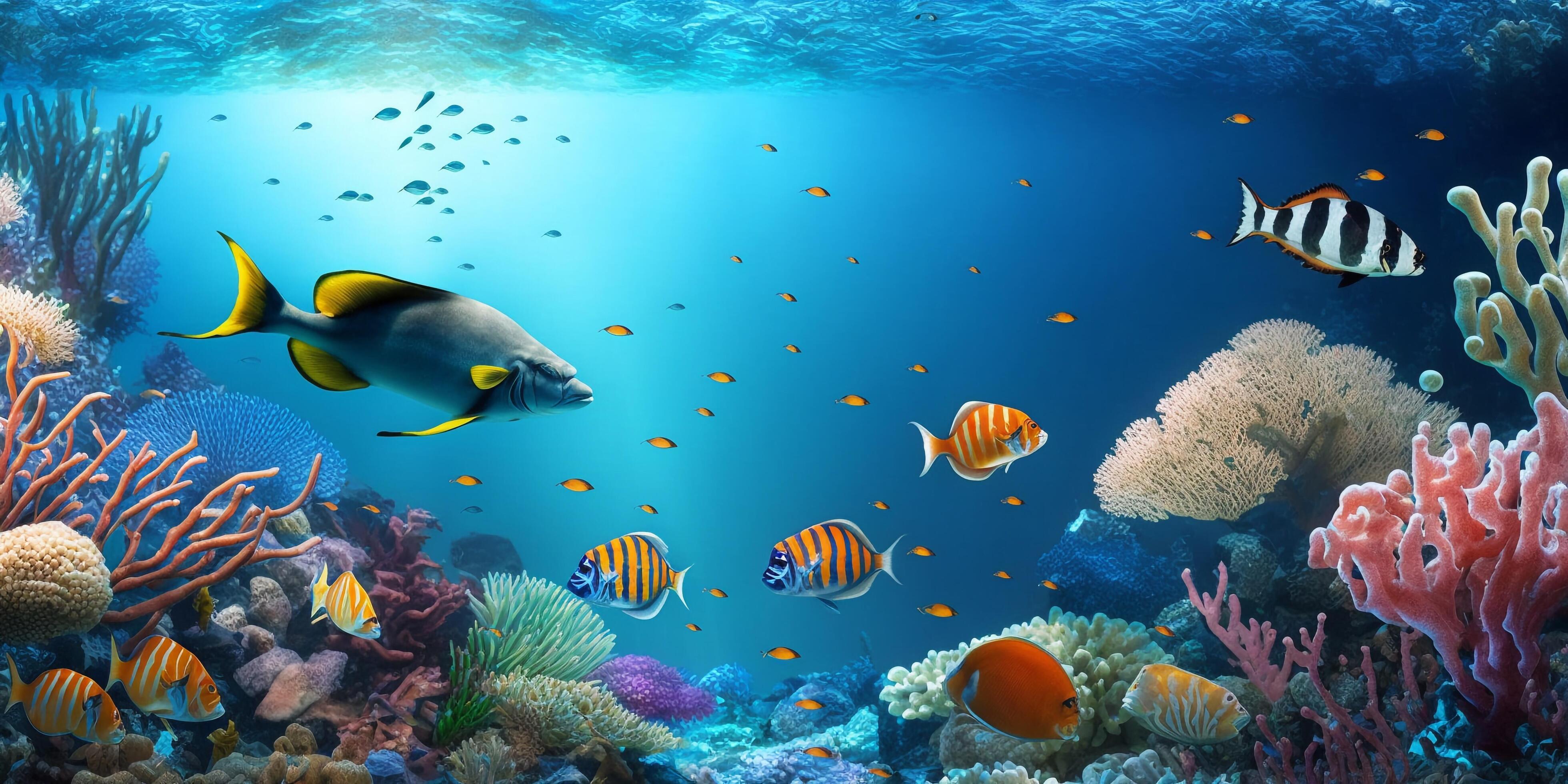Sea Caves to Sea Stacks: An Illustrated Coastal Transformation
Believe it or not, some of the most dramatic coastal formations we see today – majestic sea stacks rising defiantly from the ocean – can trace their lineage back to imperfections, tiny weaknesses within massive cliffs that allowed the first tentative wave to pry its way in. This constant attack, this relentless pursuit, eventually carves out cathedrals of stone, destined for a slow, dramatic collapse. Let’s explore this fascinating process.
The Genesis of Sea Caves: Coastal Erosion's First Strike
The journey from solid cliff face to towering sea stack begins with the relentless power of the sea. Coastal erosion is the key player here, driven by a combination of physical and chemical weathering processes. The most significant of these forces are wave action, hydraulic action, and abrasion. Wave action, the direct impact of waves against the coastline, exerts tremendous force, especially during storms. According to a 2024 study by the Coastal Geology Institute, some coastal areas experience wave impacts exceeding 50 tons per square meter during severe weather events.
Hydraulic action occurs when waves force air and water into cracks and fissures in the rock. The trapped air becomes compressed, exerting pressure on the surrounding rock. As the wave retreats, the compressed air expands rapidly, further weakening the rock structure. This process is particularly effective in areas with pre-existing weaknesses, such as joints and faults. Finally, abrasion, also known as corrasion, is the process by which waves hurl sediment, such as sand and pebbles, against the cliff face, gradually wearing it away. This acts like a natural sandblaster, especially at the high tide line where the most consistent wave action occurs. These three processes working in concert are the architects of the coastal landforms we admire. The effectiveness of erosion varies depending on the rock type. Softer rocks such as sandstone erode much more quickly than harder rocks like granite.
The Role of Geology
The geological composition of the coastline plays a crucial role in the formation of sea caves. Coastlines composed of sedimentary rocks with varying degrees of resistance are particularly susceptible to cave formation. The presence of faults, joints, and bedding planes provides zones of weakness that are preferentially eroded by wave action. Even subtle differences in rock hardness can influence the shape and orientation of developing caves.
The Power of Weathering
Chemical weathering also contributes to the weakening of the rock, making it more vulnerable to physical erosion. Processes such as dissolution (the dissolving of soluble minerals in the rock) and hydrolysis (the chemical breakdown of minerals by water) slowly degrade the rock's structure. In coastal environments, saltwater accelerates these processes, further weakening the cliff face. The combination of physical and chemical weathering prepares the way for wave action to carve out sea caves.
The Development of a Sea Arch: Nature's Bridge
Once a sea cave has formed, the erosive forces continue to work on it. If the cave extends far enough into a headland, or if two caves on either side of a headland erode towards each other, they may eventually meet, creating a sea arch formation. This is a spectacular, but temporary, coastal landform. The process can take decades or centuries, depending on the rock type and the intensity of wave action. The key is differential erosion; areas that are weaker are eroded more quickly, leading to the arch taking shape. The top of the arch remains solid (for a while) because it's stronger and is above the consistent battering of the wave action, unlike the sides.
The formation of a sea arch is a race against time. While marine erosion continues to widen the arch, gravity and weathering are constantly working to weaken it. The roof of the arch becomes increasingly thin and unstable as erosion progresses. Eventually, the weight of the overlying rock, combined with the continued assault of the waves, will cause the arch to collapse.
Before a sea arch becomes unstable it represents a visual testament to the power of nature. They can be huge, spanning great distances. However, their beauty is inherently linked to their temporary existence. The sea is in constant attack mode.
From Arch to Stack: The Inevitable Collapse
The collapse of a sea arch is an inevitable consequence of continued coastal erosion. When the roof of the arch becomes too weak to support itself, it will eventually collapse, leaving behind a pillar of rock isolated from the mainland. This isolated pillar is known as a sea stack. The timing of this collapse is unpredictable, as it depends on a complex interplay of factors including rock type, wave energy, and weather conditions. Statistics show that arches composed of softer sedimentary rocks have a significantly shorter lifespan than those composed of harder igneous rocks.
The newly formed stack formation is now exposed to the full force of the sea. Wave action continues to erode the base of the stack, undercutting it and making it increasingly unstable. Over time, the stack will become narrower and more susceptible to collapse. This is the final stage in the cycle of cliff retreat. The stack, once a part of the mainland cliff, is now a lonely sentinel, standing as a reminder of the relentless power of the sea. The erosion of the stack continues until it is completely worn away, leaving only a small rock or even nothing at all below the water's surface.
The Lifespan of a Sea Stack
The lifespan of a sea stack varies greatly depending on factors such as its size, composition, and exposure to wave action. Some stacks may persist for centuries, while others may disappear within a few decades. Softer rocks erode much faster than harder rocks, and stacks located in areas with high wave energy are subjected to more rapid erosion. The ongoing processes of hydraulic action, abrasion, and weathering all contribute to the gradual breakdown of the stack.
The Cycle Continues
The erosion of a sea stack marks the end of one cycle, but it also represents the beginning of another. The material eroded from the stack is transported away by the waves and currents, eventually becoming sediment that may contribute to the formation of new coastal landforms elsewhere. The sea is constantly reshaping the coastline, creating and destroying landforms in an ongoing cycle of erosion and deposition. It's a constant push and pull, a battle between the land and the sea.
| Process | Description | Effect on Rock |
|---|---|---|
| Hydraulic Action | Waves forcing air/water into cracks | Weakens rock structure |
| Abrasion | Waves hurling sediment against rock | Wears away rock surface |
| Wave Action | Direct impact of waves | Exerts force, breaks down rock |
| Chemical Weathering | Dissolution, hydrolysis | Degrades rock structure chemically |
Factors Influencing the Rate of Coastal Erosion
Many factors influence the rate at which coastal erosion occurs and subsequently the formation of sea caves, arches, and stacks. These factors can be broadly categorized as geological, oceanographic, and climatic.
- Geological Factors: Rock type, geological structure (faults, joints, bedding planes), and the presence of pre-existing weaknesses all influence the susceptibility of the coastline to erosion.
- Oceanographic Factors: Wave energy, tidal range, currents, and sea level changes all play a role in the rate of erosion. Areas with high wave energy and large tidal ranges experience more rapid erosion.
- Climatic Factors: Rainfall, temperature, and storm frequency can all influence the rate of weathering and erosion. Increased rainfall can accelerate chemical weathering, while more frequent storms can increase wave energy and erosion rates.
The interplay of these factors creates a complex and dynamic coastal environment. Understanding these factors is crucial for predicting future cliff retreat and managing coastal resources.
| Category | Factor | Influence on Erosion |
|---|---|---|
| Geological | Rock Type | Softer rocks erode faster |
| Geological | Faults/Joints | Provide pathways for erosion |
| Oceanographic | Wave Energy | Higher energy, faster erosion |
| Oceanographic | Tidal Range | Larger range, wider erosion zone |
| Climatic | Rainfall | Increases chemical weathering |
| Climatic | Storm Frequency | More storms, faster erosion |

FAQ
Here are some frequently asked questions about the formation of sea caves, arches, and stacks:
- How long does it take for a sea stack to form? The time it takes for a sea stack to form varies greatly depending on the factors mentioned above, but it can take anywhere from decades to centuries.
- Are sea stacks dangerous? Sea stacks can be dangerous, especially if you are near them during a storm. The base of the stack can be undercut by waves, making it unstable and prone to collapse.
- Can sea stacks be protected from erosion? While it is difficult to completely prevent erosion, some measures can be taken to slow down the process, such as building sea walls or implementing beach nourishment programs. However, these measures can be expensive and may have unintended consequences.
"The coastline is a dynamic and ever-changing environment. The processes of erosion and deposition are constantly reshaping the landscape, creating new landforms and destroying old ones." - Dr. Emily Carter, Coastal Geologist
The processes of coastal erosion are complex and fascinating, resulting in dramatic landforms like sea caves, arches, and stacks. Understanding these processes is essential for appreciating the dynamic nature of our coastlines and for managing coastal resources effectively. Now that you've journeyed with us from sea cave to sea stack, what are your favorite examples of these geological wonders? Share your thoughts and any questions you may have in the comments below!
